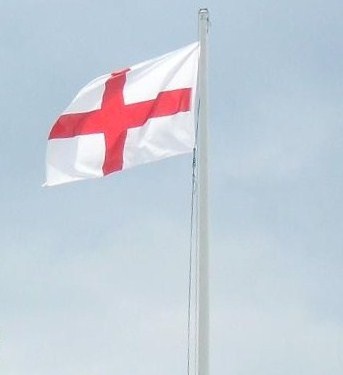King John
In May 1213, King John surrendered the Crown of England to the Pope in the presence of the papal envoy Pandulph. The Pope, Innocent III - and later each of his successors after him - became the suzerain of England and of all possessions under the English Crown.
How do we know that this actually happened and is not a myth?
Because it was well documented in official acts, and in 1365, Parliament officially debated the surrender of the English Realm by King John to the Pope, some 152 years after the event took place.
So, as we can see, there are official State documents proving that the surrender of the English Crown did happen.
In June 1215, King John was forced into signing the Magna Carta, and this was in breach of papal authority over England.
Two months later, in August 1215, Pope Innocent III annulled the Magna Carta.
Binding Legacy
King John's successors were bound into upholding the obligations deriving from the surrender of the English Crown to papal supremacy:
" we bind ourselves and our successors not to act counter to them. And if we or any one of our successors shall presume to attempt this, whoever he be, unless being duly warned he come to his kingdom, and his senses, he shall lose his right to the kingdom, and this charter of our obligation and concession shall always remain firm."
Henry VIII is a descendant of King John, and Elizabeth Windsor is a direct descendant of King John.
And so Henry VIII lost his right to the English Throne when he rebelled against papal sovereignty and sought to replace this with his own sovereignty.
Sovereign English Crown
In order for the English Crown to be sovereign, papal authority would need to be exposed as spiritually null and void, and Jesus Son of God would need to be proclaimed as sole Head of the English Church.
These two requirements would imply:
1) the end of the line of popes,
2) the end of the current Establishment.
Under English Law, as Head of the English Church, Jesus Son of God would also be King of England.
There are three places that have been mentioned as the site where the act of submission of the English Realm in May 1213 happened:
1) Dover Castle.
2) Temple Ewell, a parish in Dover District and whose name derives from the Knights Templar.
3) A round church of the Knights Templar on Western Heights, Dover, whose foundations were discovered towards the end of the 18th century and can be seen today.

No comments:
Post a Comment